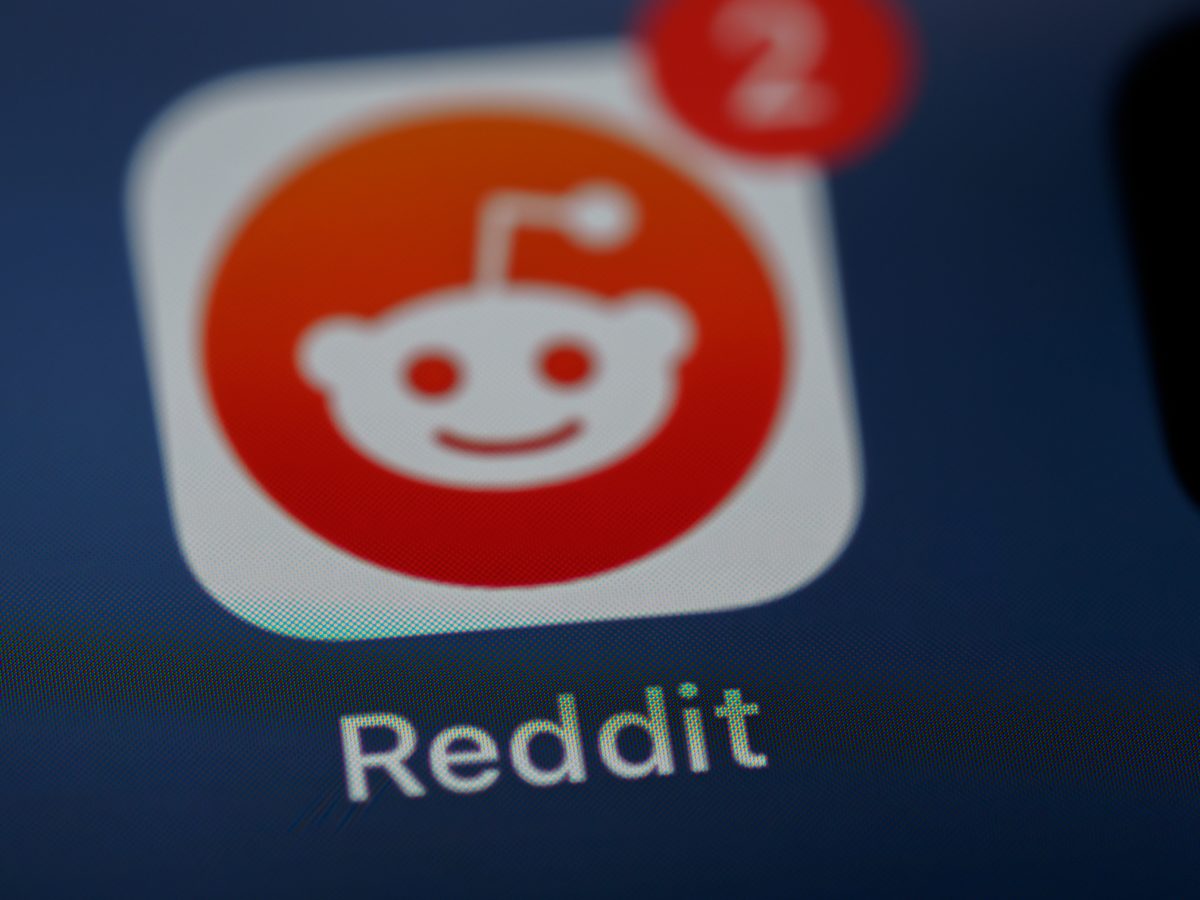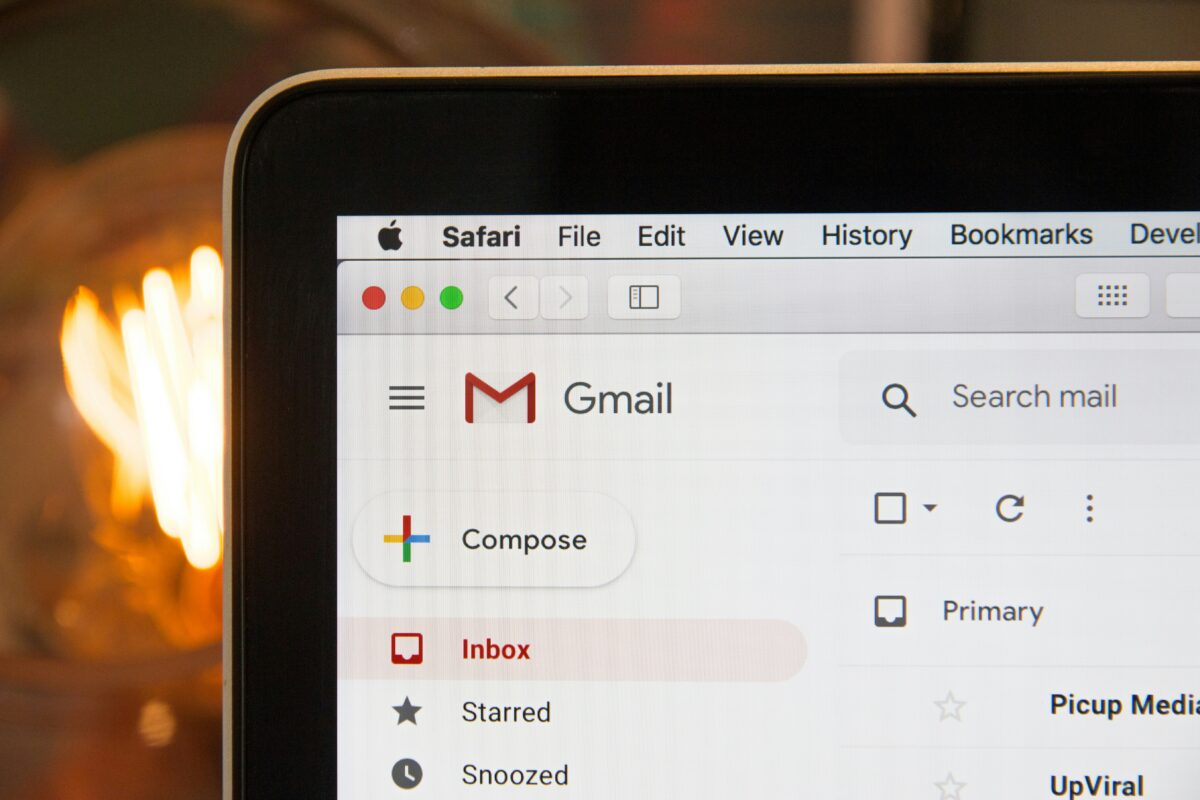Switching marketing platforms can feel like moving houses—stressful, messy, and full of potential for things to break. Whether you’re outgrowing your current system or frustrated with clunky workflows and poor support, the idea of switching providers often sparks anxiety: Will we lose contacts? What about … Continue reading “Smooth transitions: How DailyStory makes onboarding painless”
Marketing integrations: Why building your own tools is costing you more than you think
When businesses build their own software—either from the ground up or by heavily customizing off-the-shelf tools—it can feel empowering. You’re tailoring something perfectly to your needs, controlling the data, and skipping the bloated “enterprise” platforms. But when it comes to marketing features, that approach can … Continue reading “Marketing integrations: Why building your own tools is costing you more than you think”
White labeling: How custom software with your logo makes franchise marketing easier
Franchise marketing isn’t just about reaching customers—it’s about doing so consistently and cohesively across dozens, hundreds, or even thousands of locations. That’s a tough challenge. Each location needs powerful marketing tools, but those tools also need to align with a unified brand experience. This is … Continue reading “White labeling: How custom software with your logo makes franchise marketing easier”
Top 6 SMS marketing benefits: Why SMS marketing works
Brands are constantly seeking new ways to reach their audience directly and meaningfully—and that’s where SMS marketing shines. Fast, personal, and remarkably effective, SMS marketing has emerged as one of the most powerful and dependable tools in a marketer’s toolkit. Unlike other channels, SMS offers … Continue reading “Top 6 SMS marketing benefits: Why SMS marketing works”
Maximize your impact: Why DailyStory is the best platform for event marketing
When it comes to event marketing, your tools can make or break your success. It’s not just about sending invites and hoping for RSVPs. From managing promotions and tracking engagement to analyzing performance and optimizing future campaigns, your marketing platform should work as hard as … Continue reading “Maximize your impact: Why DailyStory is the best platform for event marketing”
DailyStory vs. Constant Contact: Which marketing platform is better?
When it comes to digital marketing, choosing the right platform isn’t just a matter of preference—it’s a decision that directly impacts your ability to grow, engage, and retain your audience effectively. And in today’s competitive landscape, your marketing tools need to be smarter, more adaptive, … Continue reading “DailyStory vs. Constant Contact: Which marketing platform is better?”
Resending email: How to maximize engagement with follow-ups
Resending emails is a powerful yet often underutilized strategy to boost open rates, increase engagement, and ensure your message reaches your audience. However, the key to success lies in knowing when to resend, how to optimize the content, and how to segment your audience effectively. … Continue reading “Resending email: How to maximize engagement with follow-ups”
Types of emails every business should be sending
Email marketing remains one of the most effective ways to communicate with customers, build relationships, and drive sales. However, not all emails serve the same purpose. To maximize engagement and results, businesses should leverage different types of emails tailored to various customer interactions. In this … Continue reading “Types of emails every business should be sending”
“We miss you” emails: Reconnecting with inactive subscribers
Inactive subscribers are an inevitable challenge for any email marketer. Whether customers lose interest, forget about your brand, or simply get overwhelmed by their inbox, it’s crucial to find ways to re-engage them. “We Miss You” emails offer a powerful opportunity to reconnect, reminding your … Continue reading ““We miss you” emails: Reconnecting with inactive subscribers”
4 tips to market your brand on Reddit
Reddit marketing might make some businesses nervous—but rather than avoiding it, smart marketers are learning how to embrace Reddit’s unique culture and tap into its massive user base. Often dubbed the “front page of the internet,” Reddit is a massive network of communities—called subreddits—where users … Continue reading “4 tips to market your brand on Reddit”
Webinar email sequence: How to engage attendees before, during, and after
A well-planned webinar email sequence is essential for maximizing attendance, engagement, and post-event conversions. By strategically crafting emails before, during, and after the webinar, you can ensure your audience stays informed and motivated. In this guide, we’ll walk you through each stage of a successful … Continue reading “Webinar email sequence: How to engage attendees before, during, and after”
Welcome email examples: Inspiring first impressions that convert
A well-crafted welcome email is the foundation of a strong customer relationship. It’s your first opportunity to engage new subscribers, build trust, and guide them toward conversion. In this article, we’ll showcase impactful welcome email examples that leverage personalization, compelling storytelling, and clear calls to … Continue reading “Welcome email examples: Inspiring first impressions that convert”
7 tips to successfully advertise on Reddit
Reddit doesn’t look like Facebook, Instagram or Twitter, so advertising on the social media platform might feel intimidating. The website refers to itself as a “network of communities based on people’s interests.” These communities, known as subreddits, enable members to share images, videos and links … Continue reading “7 tips to successfully advertise on Reddit”
Carrier violations: What to avoid during SMS text marketing
Text messaging, also known as SMS marketing, is a powerful tool that enables you to contact people directly. But carrier violations may be preventing your texts from being delivered. According to Smart Insights, 97 percent of text messages are read within 15 minutes of delivery, … Continue reading “Carrier violations: What to avoid during SMS text marketing”
Welcome email series: Nurturing subscribers for long-term engagement
A well-crafted welcome email series is essential for building strong relationships with new subscribers. This series sets the tone for future interactions, nurtures leads, and guides them through their customer journey. By optimizing timing, content, and engagement strategies, businesses can increase customer retention and drive … Continue reading “Welcome email series: Nurturing subscribers for long-term engagement”
5 of the best free press release services
Press releases can help your brand generate media coverage, which can help you reach your target audience that much more. Because there’s no guarantee that your press release will result in coverage, the more journalists you can reach, the better your chances. About 48 percent … Continue reading “5 of the best free press release services”
Win-back email subject lines: Crafting headlines that grab attention
The battle for attention is fiercer in today’s crowded inboxes. For marketers, crafting effective win-back email subject lines is a critical skill to re-engage inactive subscribers and breathe life back into dormant email lists. Your subject line is often the first and only chance to … Continue reading “Win-back email subject lines: Crafting headlines that grab attention”
10 tips to improve organic search performance (SEO) on Google
Search Engine Optimization (SEO) is the process of boosting the ranking of your website in search engine results pages (SERPs). This is done by identifying and using keywords in your content to boost organic search results. Most often this is focused on Google, but Bing, … Continue reading “10 tips to improve organic search performance (SEO) on Google”
Email segmentation: Definition, strategy, and examples
Are your email campaigns falling flat, with low open rates and minimal engagement? It is high time you divide your subscriber list into smaller, targeted groups based on behavior, location, or interests. Companies using email segmentation report 760 percent higher revenue from email campaigns, proving how … Continue reading “Email segmentation: Definition, strategy, and examples”
Automated text message marketing
What is automated text message marketing? Automated text message marketing is sending text messages on a pre-determined schedule or sending when certain conditions are met. These types of messages are often called bulk text messages, broadcast text messages or mass text messages. For example, sending … Continue reading “Automated text message marketing”
Choosing the right email marketing platform for your business
Email marketing remains one of the most effective channels for businesses to connect with their audience. The right email marketing platform can make all the difference in crafting compelling campaigns, reaching the right audience, and analyzing results. However, with so many options available, how do … Continue reading “Choosing the right email marketing platform for your business”
HTML email clipping limits across different mailbox providers
When designing and coding HTML emails, one of the biggest challenges marketers face is email clipping—where a mailbox provider truncates an email, requiring the recipient to click “View entire message” or “Read more” to see the full content. Understanding these clipping limits can help optimize … Continue reading “HTML email clipping limits across different mailbox providers”
Win-back email campaigns: How to re-engage lost customers
Re-engaging lost customers can be a game-changer for your business. These are customers who have purchased from you in the past but haven’t interacted with your brand for a while. Instead of letting these relationships fade away, win-back email campaigns provide a strategic and cost-effective … Continue reading “Win-back email campaigns: How to re-engage lost customers”
Maximizing your brand’s reach: Effective social media advertising and management strategies
Social media is a great way to advertise your brand and its products and/or services, but being effective can sometimes feel like an impossible challenge. People use social media platforms for different reasons, and your job is to figure out how to get them to … Continue reading “Maximizing your brand’s reach: Effective social media advertising and management strategies”
Local email marketing: A powerful tool for small businesses
Email marketing has long been a cornerstone of digital marketing, but its potential for local businesses is often underestimated. Local email marketing offers a unique opportunity to connect with your community, build customer loyalty, and drive foot traffic or local sales. Let’s explore how local … Continue reading “Local email marketing: A powerful tool for small businesses”
7 Tips for Effective Email Design
Email design is not just about making messages look good—it’s about creating experiences that engage, captivate, and convert. To this day, marketing emails remain one of the most effective tools for businesses that want to reach a vast audience. Four out of five marketers say that they … Continue reading “7 Tips for Effective Email Design”
What is an opt-in email?
An opt-in email is a communication that requires recipients to give their explicit permission before receiving email campaigns or newsletters. This practice aligns with email marketing best practices and legal standards, such as GDPR, ensuring that the recipients genuinely want to hear from you. Opt-in … Continue reading “What is an opt-in email?”
Mastering the art of the email follow-up: Tips, timing, and templates
Email follow-ups are one of the simplest yet most effective tools to improve communication and achieve results. Whether you’re waiting on a job application, a potential client response, or an internal project update, a well-timed email follow-up can make all the difference. In this article, … Continue reading “Mastering the art of the email follow-up: Tips, timing, and templates”
Opt-in email examples: How to build a winning subscriber list
Building an email list is one of the most effective ways to grow your business and connect with your audience. But not all email sign-ups are created equal. By crafting compelling opt-in emails, you can ensure that your subscribers are genuinely interested in your offerings … Continue reading “Opt-in email examples: How to build a winning subscriber list”
How to create compelling invitation emails that drive engagement
Invitation emails are a cornerstone of effective communication, helping you connect with your audience and inspire action. Whether you’re hosting an event, launching a new product, or inviting customers to join a webinar, a well-crafted invitation email can make all the difference in boosting attendance … Continue reading “How to create compelling invitation emails that drive engagement”
Exploring the role of AI in creating data-driven digital marketing campaigns
Do you believe AI isn’t a fit for your digital marketing strategies? Think again. According to 48 percent of marketing leaders, customers are better engaged with AI-powered technologies like chatbots. Relevant data, results in the best marketing campaigns. However, the complex data generated in today’s omnichannel … Continue reading “Exploring the role of AI in creating data-driven digital marketing campaigns”
Why email testing tools matter for marketers
Email marketing remains one of the most effective channels for reaching and engaging with audiences. However, crafting the perfect email involves more than just clever copy and design—it requires rigorous testing to ensure that the email performs well across devices, inboxes, and audiences. Enter email … Continue reading “Why email testing tools matter for marketers”
Mastering email marketing: A comprehensive strategy guide
Email marketing remains one of the most effective ways to engage with your audience, nurture leads, and drive conversions. However, to maximize its potential, you need a well-defined strategy. Here’s a comprehensive guide to mastering email marketing. Define your goals Before diving into the tactics, … Continue reading “Mastering email marketing: A comprehensive strategy guide”

































